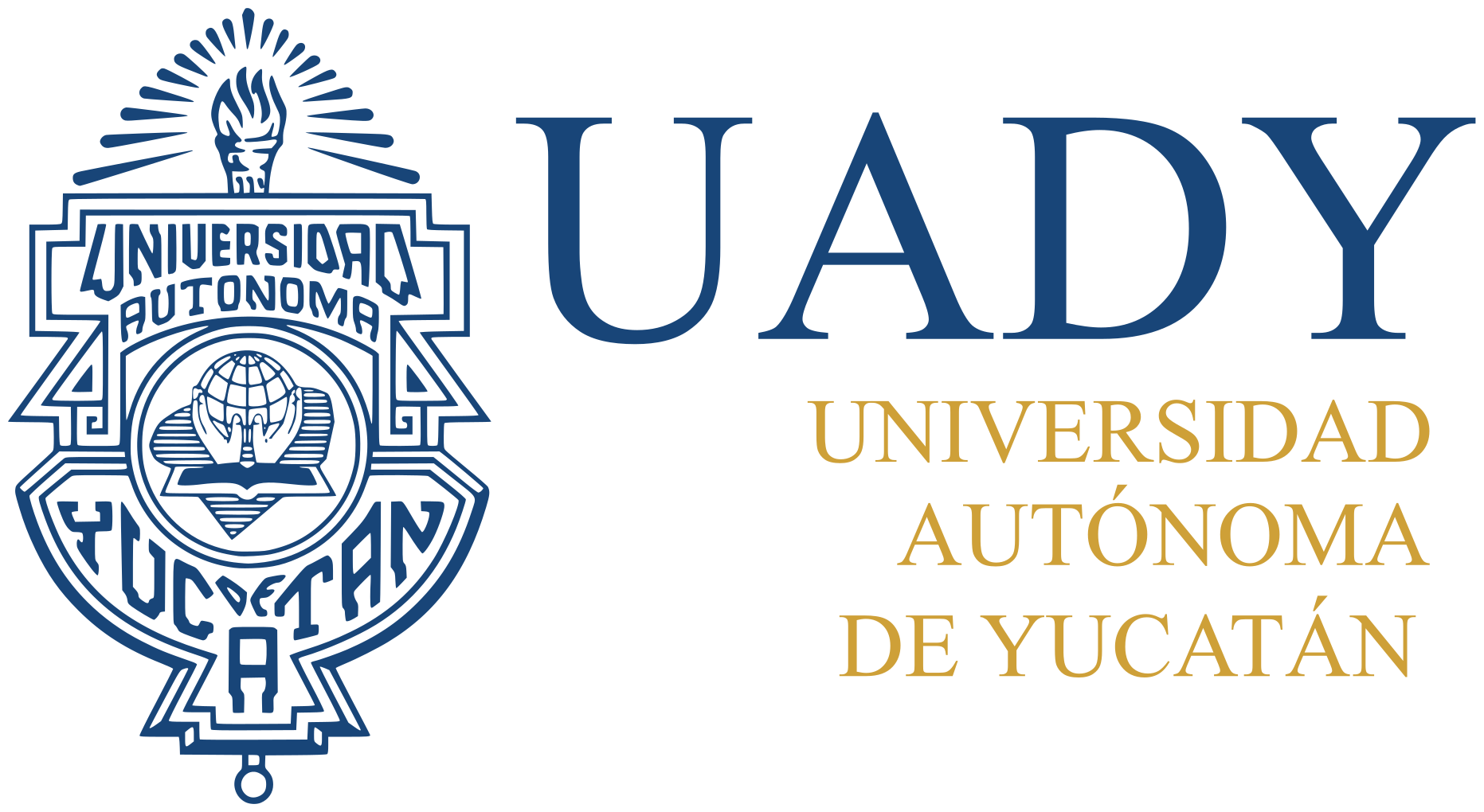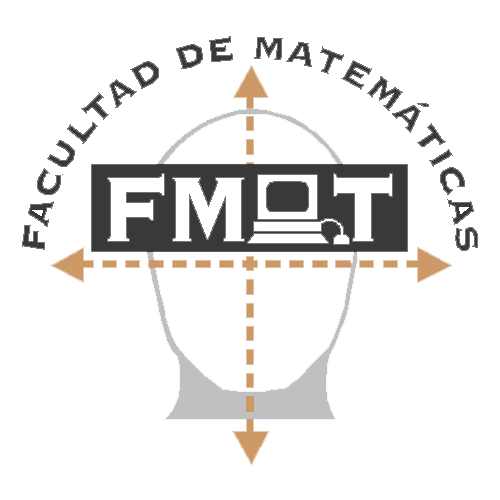Computational Learning and Imaging Research
Welcome to the Laboratory for Computational Learning and Imaging Research (CLIR) of the Universidad Autónoma de Yucatán. The main objective of CLIR is to develop innovative computational solutions in the fields of machine learning, imaging, and computer vision.
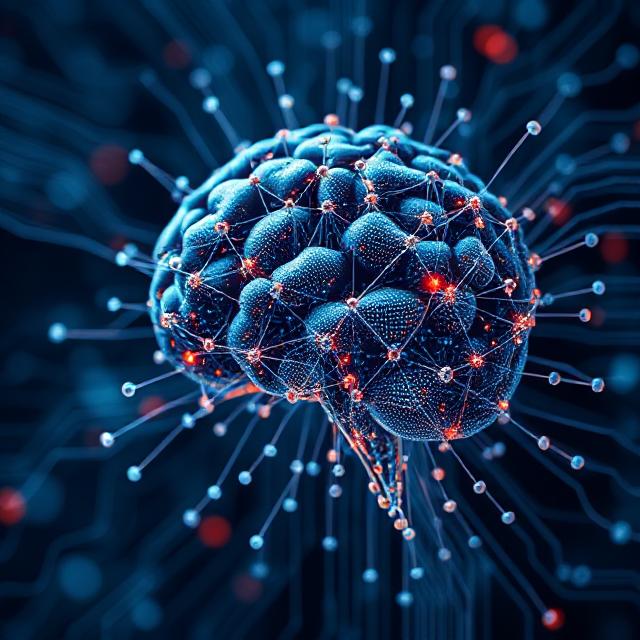
Machine Learning
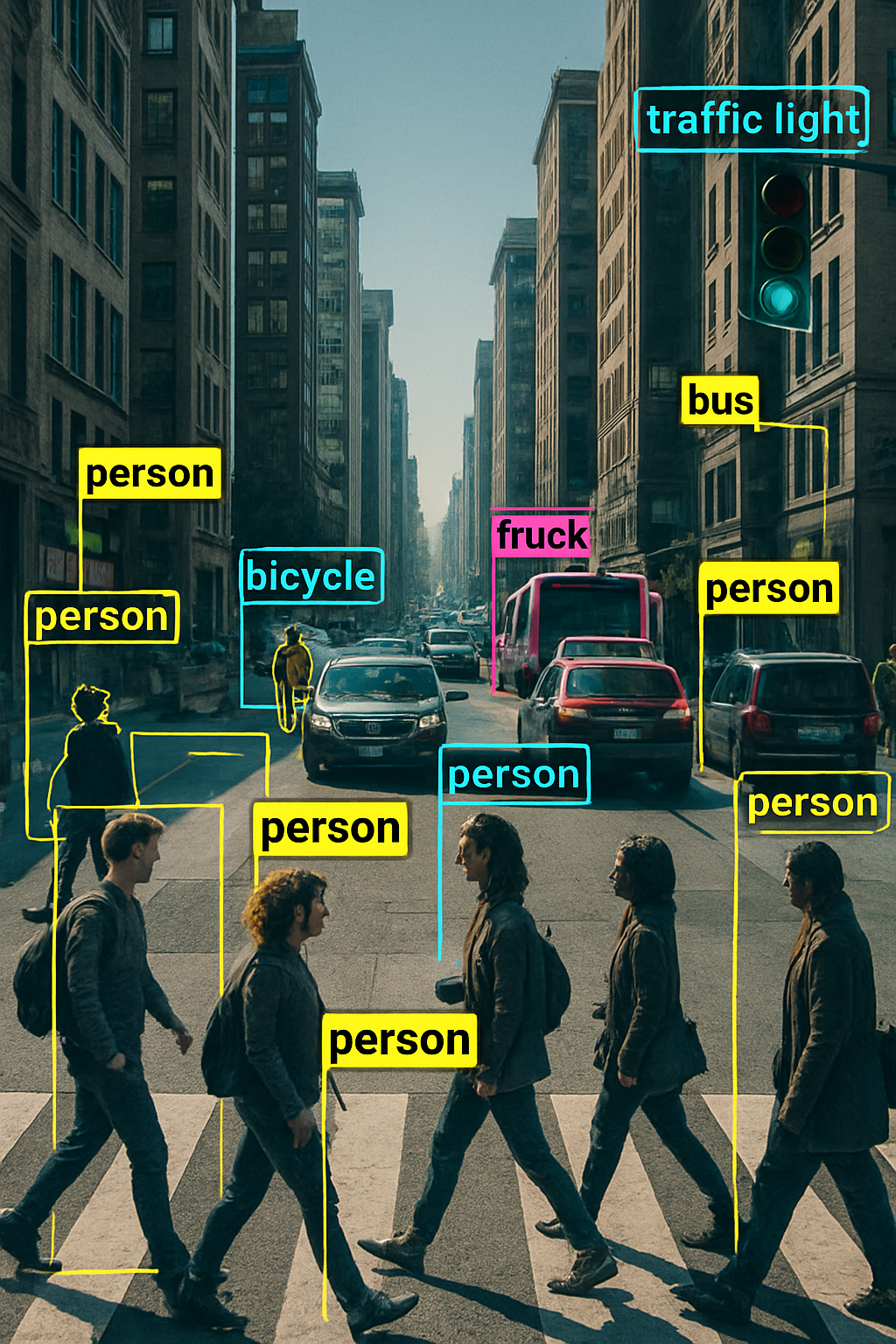
Imaging and Computer Vision
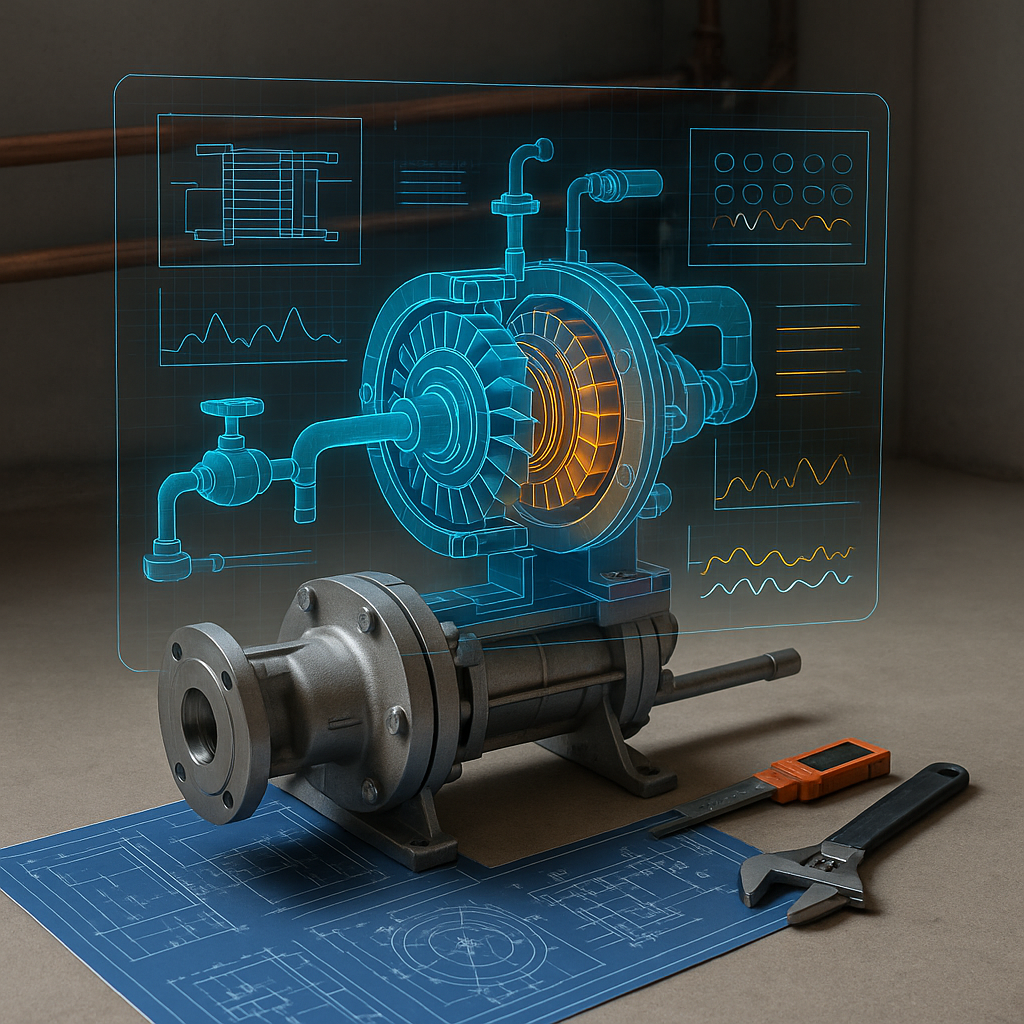
Augmented Reality





